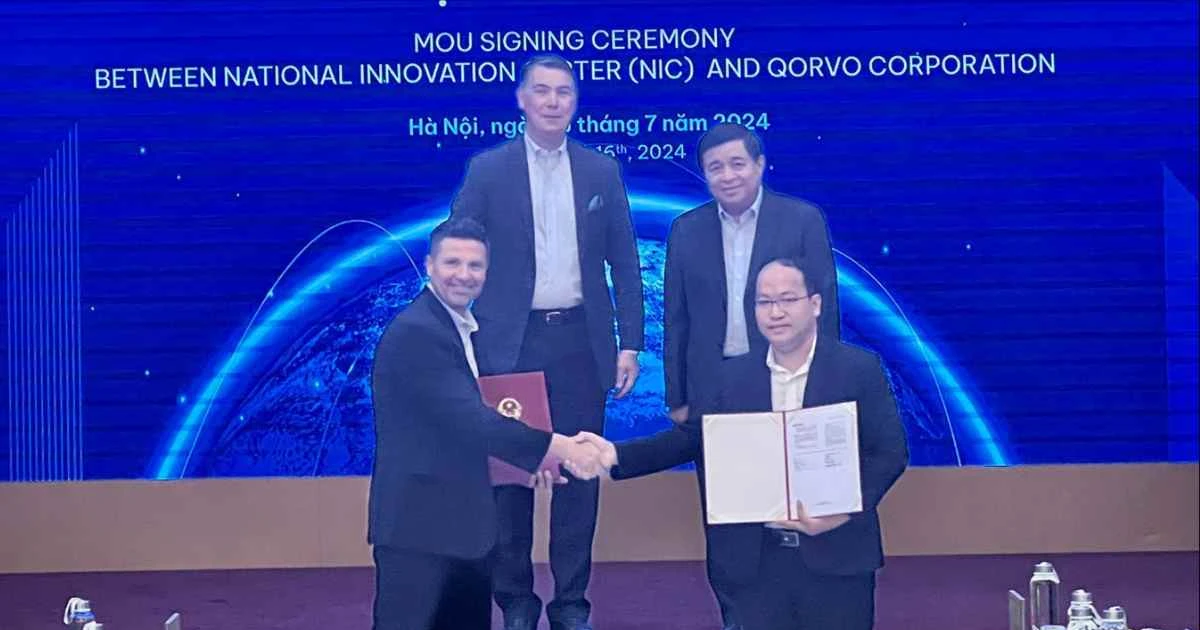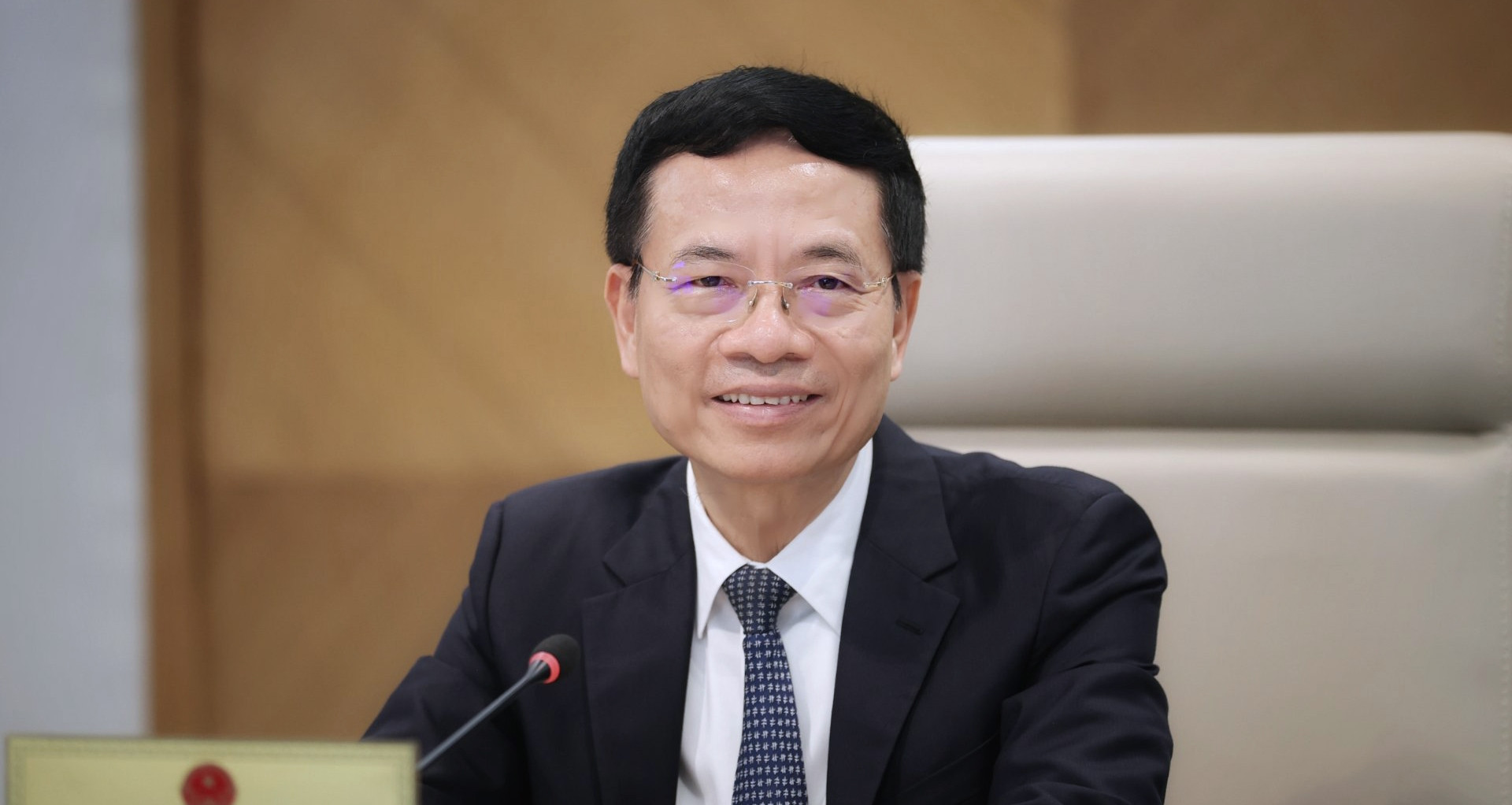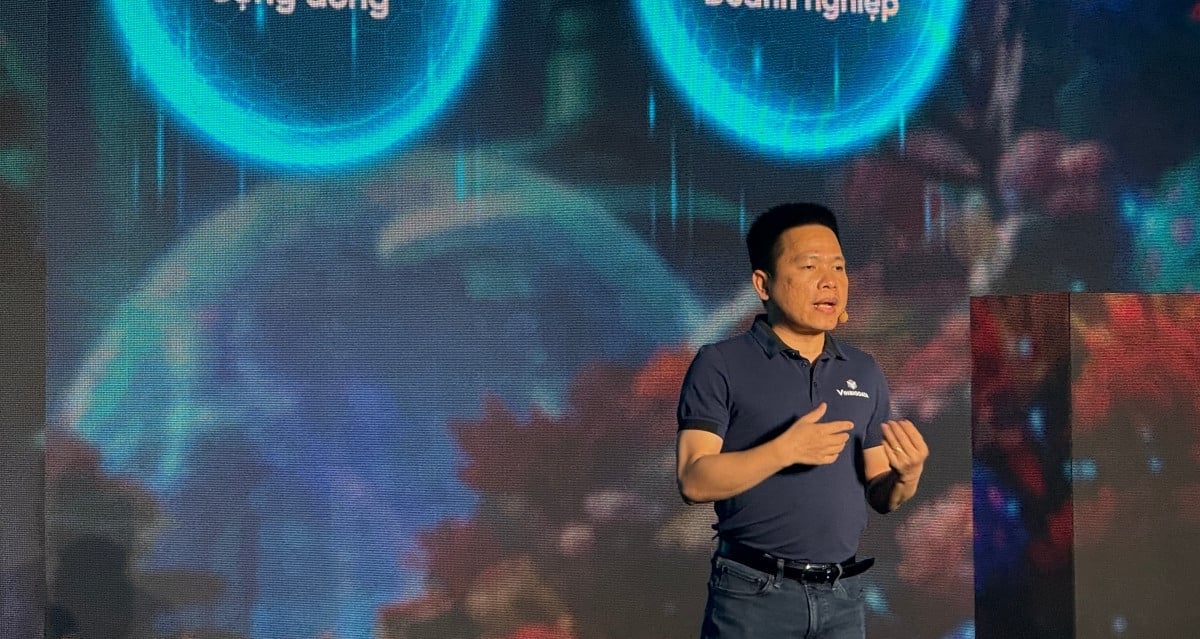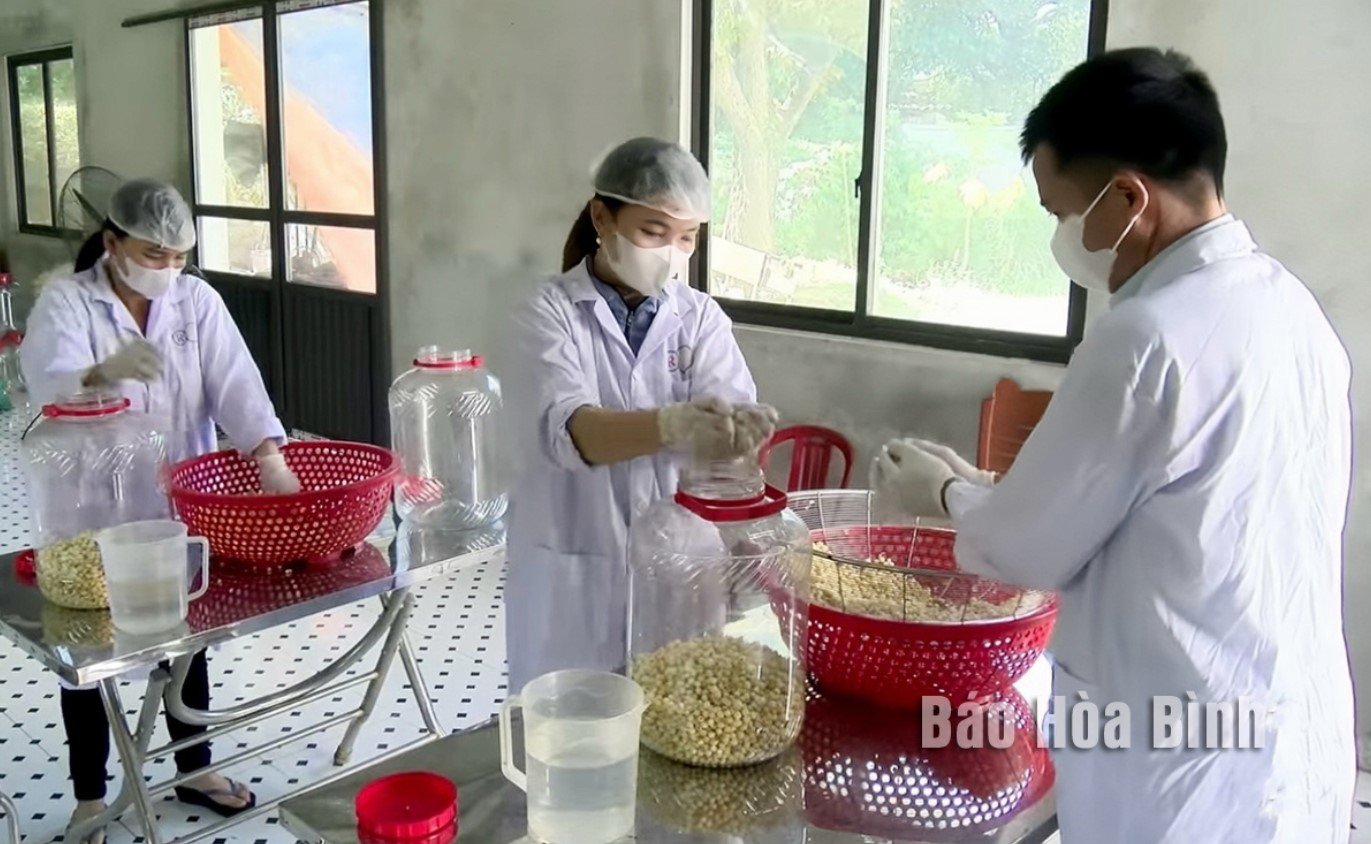Vietnam is stepping up cooperation with Japan to improve research capacity with hundreds of engineers trained in satellite design and manufacturing.
Since 2006, Vietnam and Japan have begun to cooperate in the field of space technology. According to Mr. Dam Bach Duong, Director of the Department of High Technology, Ministry of Science and Technology, international cooperation through programs helps Vietnamese officials to improve their research capacity and gradually master satellite development technology.

Vietnam's satellite development roadmap. Photo: VNSC
Accordingly, since 2006, the Vietnam Space Center under the Vietnam Academy of Science and Technology (VAST), with the support of the Japan Aerospace Exploration Agency (JAXA), engineers have researched and manufactured three "Made in Vietnam" microsatellites including PicoDragon, Nano Dragon and MicroDragon. The satellites were also successfully launched into orbit with the support of JAXA.
Currently, the LOTUSat-1 satellite, the first radar technology satellite, is also in the process of completion, expected to be launched into orbit in early 2025, according to Dr. Le Xuan Huy, Deputy General Director of the Vietnam Space Center.
The LOTUSat-1 satellite weighs 600 kg and uses the latest radar technology with many advantages such as detecting objects from 1 m in size on the ground, and the ability to observe day and night. The LOTUSat-1 satellite will take pictures and provide accurate information to respond to and minimize the impact of natural disasters, climate change, resource management and environmental monitoring.
In addition to manufacturing the satellite, the ground equipment system to operate the satellite is being built, and will be fully installed in September 2024 at the Vietnam Space Center, Hoa Lac facility. Classes and technology transfer for radar satellite image processing are being prepared in terms of technology and human resources so that when the satellite is launched into orbit, the data will be exploited effectively, serving the units using the image data of this satellite in the future.

Simulation of LOTUSat-1 satellite. Photo: VNSC
Dr. Le Xuan Huy said that in recent years, Vietnam has conducted many training courses for human resources in space technology. Hundreds of experts in data processing and satellite image applications, especially radar satellites, have been trained in both Japan and Vietnam through classes held at the Vietnam Space Center Project.
Regarding satellite design, integration and testing technology, there are dozens of engineers trained from basic level (studying master's degree and participating in satellite manufacturing at leading universities in Japan) and advanced training at Japanese satellite manufacturing factories.
Thousands of students have been trained domestically in basic courses on using specialized software for satellite image data.
Mr. Dam Bach Duong said that in the coming time, the Ministry of Science and Technology will complete the National Space Committee and invite a Deputy Prime Minister to be the Chairman of the Committee to have effective direction for its operations.
Previously, Vietnam had a Strategy for Research and Application of Space Technology to 2020 (Strategy). One of the goals set was to expand international relations to attract investment, build a team of staff, and acquire modern technology to accelerate the process of applying and developing space technology in Vietnam.
By 2020, Vietnam will master small satellite technology, design and manufacture small Earth observation satellites; train a team of highly qualified staff, meeting the needs of applying and developing space technology in Vietnam.
The strategy for the development and application of space science and technology to 2030 also aims to widely apply achievements of space science and technology; focus on key investment in a number of areas related to national defense, security, resource and environmental management, monitoring and supporting the reduction of damage caused by natural disasters, and providing diverse services to the people. The strategy also identifies the implementation of tasks to enhance domestic science and technology potential.
Hai Minh
Source










































![[Photo] Prime Minister Pham Minh Chinh chairs Government Conference with localities on economic growth](https://vstatic.vietnam.vn/vietnam/resource/IMAGE/2025/2/21/f34583484f2643a2a2b72168a0d64baa)


















































Comment (0)